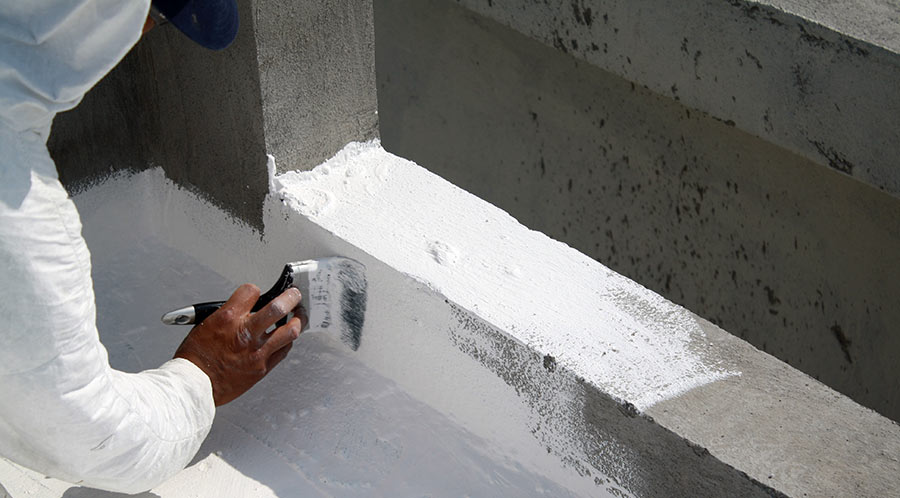Mold remediation is an important service that can correct even the most serious of mold infections in a home or business. However, it is a laborious, time- and cost-intensive process. Anyone who has had to deal with water damage and fungal growth can tell you that they would have much preferred to avoid the problem in the first place. When working on a new construction project, there are a few simple things you can do to prevent or minimize the potential for mold growth during the lifespan of the structure. These aren’t just rules for homeowners–these are the same rules we follow when providing preemptive mold prevention and waterproofing solutions.

1. Only hire experienced, qualified professionals.
You should always, always utilize personnel who have a great deal of knowledge and experience in the parts of a construction project that they are responsible for. This is especially critical for elements of a structure that are load bearing or that protect it from environmental exposure. Using a handy man or hired laborer to lay down the roofing tiles on your new addition may be a quick way to save some money, but cutting corners with personnel can cost you dearly in the long run.
2. Make sure your drywall installer uses mold-inhibiting products.
When hiring a contractor to perform drywall installation, ask them about the products that they use to place drywall. You may have to ask them to specifically use mold- and/or moisture-resistant drywall products such as purple board, cement board, or fiberglass-lined drywall when putting up your drywall. Making sure that appropriate high-grade drywall is installed in your home can make a big difference if a leak forms.
Older and lower-grade drywall is the perfect medium for mold growth, for a couple of reasons. Regular drywall is extremely porous, making it very absorbent, just like the sponge sitting next to your kitchen sink. Secondly, the paper lining on the board serves as the food for mold to feed on, fueling its spread. Non-resistant drywall is essentially an all-in-one mold farm: it provides a steady supply of water from the water it retains, it provides a space to grow (just like the soil that plants grow in), and its got its own supply of fertilizer in the form of the paper backing.
This is why it’s imperative to select drywall products that won’t absorb moisture and which are either naturally resistant to mold growth, or are treated with products to make them toxic to mold spores.
3. Always use mold-inhibiting clear-coat on flooring.
When installing new flooring, make sure to apply a mold-inhibiting clear-coat finish. With this protective finish in place, should a leak occur and moisture gathers on the flooring, it ensures that mold won’t find a toehold to begin growing, as long as the moisture is removed quickly.
4. Check your siding and sealant for gaps and missed spots.
Making sure that every piece of siding or sealant is placed correctly during construction is a key factor as well. Any gap between sections of siding in a wall, or areas where no or insufficient sealant has been applied, creates an opening for water and mold. In this situation, it is literally only a matter of time until water intrusion and mold growth occurs.
5. Do proper grading of the ground around your foundation, and install appropriate drainage where necessary.
Any areas around the structure where the ground is flat or slopes toward the foundation will provide an area of water to accumulate, and eventually infiltrate into the foundation and walls. Make sure ground surfaces within a few feet of the house or building are graded to a slope of at least 8 percent or so, to ensure proper runoff.
Some geographic areas are more prone to water accumulation due to seasonal flooding, high water tables, or nearby sources of groundwater. In these instances, it’s necessary to install underground drainage systems, or even install sump pumps and other more extensive drainage solutions.
IR Environmental has more than 20 years of experience developing and installing advanced waterproofing and drainage systems in new construction. To avoid ever having to deal with a mold problem, contact us today about our array of waterproofing solutions.
